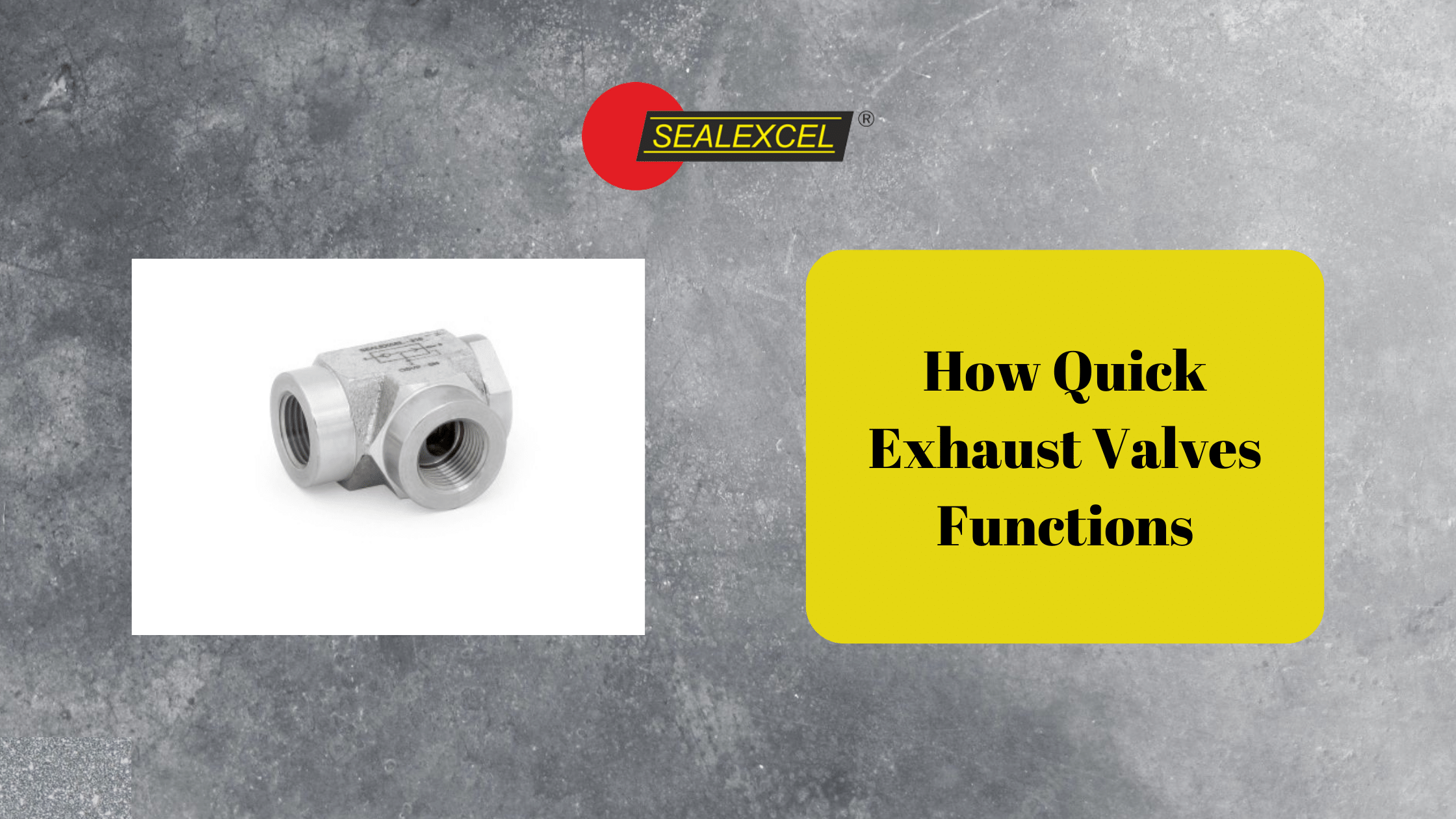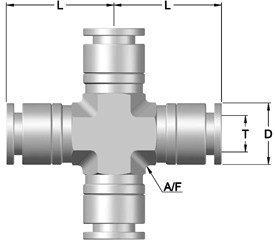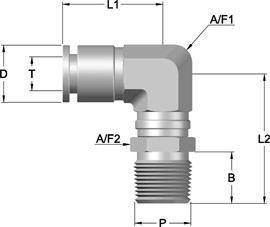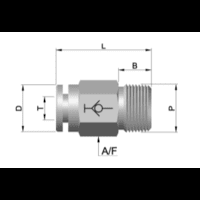Understanding Quick Connect Fittings And Couplings In Better Way
June 3, 2022
How Quick Exhaust Valves Functions
December 2, 2022Small-bore fluid systems must be planned and made with high-quality parts. One of the most important parts is the small-bore fitting. Fittings should be leak-tight at key connection points to help keep a plant safe and running well. When making repairs to an existing system or building a new one, it sometimes needs to be clarified which type of tube fittings is best.
Threaded Fittings
A threaded fitting connects two parts, one male and one female when a male thread is put into a female thread. There are two different kinds of threaded fittings: those with parallel or straight threads and those with tapered threads. Straight threads attach a nut to the body of a tube fitting and rely on other parts, like gaskets, O-rings, or metal-to-metal contact, to make a leak-proof seal. Straight threads are usually used when the system pressure will be at most 5,000 psi.
Compression Tube Fittings
In contrast to threaded fittings, ferrules are often used in compression tube fittings to make a seal that will not leak. When the fitting nut is tightened, the ferrule is crushed between it and the fitting it is going into. Because of this, the ferrule bites into the tube, giving it a strong grip and a tight seal. The tube grip’s reliability will depend on how well the gripping ferrule does its job. In addition, compression fittings are easy to put together and take apart.
Medium-Pressure Tube Fittings
Medium-pressure mechanical grip fittings, the next step up from two-ferrule compression fittings, have better performance and are easier to install.
Cone and Thread Fittings
Cone and thread fittings come in many different metals and have many features that make them suitable for medium- to high-pressure applications. For many years, they have been the fitting of choice for many demanding high-pressure applications because of how well they work.
When using cone and thread fittings, you often need tubing with thicker walls and a higher pressure rating that is made for cone and thread fittings. A high-performance cone and thread fitting will have a gland, a collar, a female port, and a weep hole, making it possible to check for leaks and ensure the fitting is installed correctly.
Care must be taken when preparing and putting cone and thread fittings. To make the connection, you need tools for coning and threading and something to reduce friction while cutting. The tube fittings must be adequately coned and incorporated before they can be joined to the fitting. No burrs, gouges, or scratches must form during the process.
Once the tubing is ready, a collar is screwed onto it, and a gland nut is put into the fitting body to tighten it up. For systems that get a lot of shocks or vibrations, it is also a good idea to add anti-vibration parts to make the tubing connection last longer. If installed correctly, cone and thread fittings can work reliably and last for a long time in some of the most demanding fluid system applications.
After learning the key differences between the different fitting technologies available, you will be better able to choose the best one for your fluid system applications. But this article only talks about the basics of small-bore fittings. There are many other things to consider when choosing and installing tube fittings.




